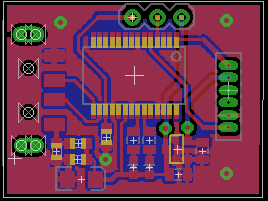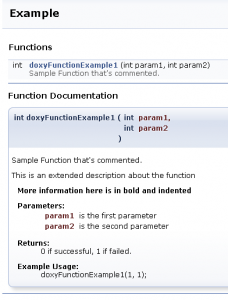A Hidden Technology
Hidden inside phones, tables, hard drives, computers and countless other products made today are inertial and magnetic sensors. These sensors do everything from stop the hard drive head from damaging itself to enabling a tablet to switch from portrait to landscape mode seamlessly. These sensors are completely self contained and use the earth’s gravitational and magnetic fields, as well as some physical phenomena to operate.
This type of technology was relegated in the past to missiles and navigation systems,
but it’s rapidly coming to the palm of your hand.
If you look at Accelerometer, Gyroscope and Magnetometer vendors and their products, you’ll quickly see a pattern. Most started with single axis devices, then moved to complete 3 axis solutions. The trend is slowly to provide integrated solutions such as 6 Degree of Freedom Accelerometer/Gyro combo, or 9 Degree of Freedom Accelerometer/Gyroscope/Magnetometer combo. Although board space and complexity are simplified in these cases, there is a more powerful motivation: The power of Inertial Measurement Units comes from leveraging multiple pieces of information together to get the right data and eliminate errors such as drifts and biases.
Sensor Synergy
Consider the accelerometer. It measures two forces, both the static (gravity) force
and the dynamic (translational) force. If you’re using only an accelerometer to measure orientation, then the platform has to be mostly still to be able to measure the gravity vector and figure out the device’s orientation. On the other hand, a gyroscope measuring angular rates using the Coriolis effect has no sense of absolute orientation and will tend to quickly drift but will tell you the angular rate if it’s for a short period of time. The accelerometer excels in providing absolute measurement, while the gyro excels in short quick durations. Put them together and you will get better orientation. Better off, throw in a magnetometer and it will be able to bound drift (provided that there aren’t any magnetic interferences around, but there are techniques for dealing with this).
Given the fact that all sensors are needed, it only makes sense for vendors
to package them all together in a single IC if a product needs quick and accurate orientation estimation. But, even in this case, leveraging these sensors can be a daunting task.
To actually get the orientation, you’ll find that the typical solutions involve a complementary filter or even a Kalman Filter. The reality is that vendors really need to provide complete 9 or even 10 Degrees of Freedom (pressure sensor) solutions if they wish to broaden the kind of customers that can use the technology.The IMU IC should provide a complete attitude solution. As with most technologies such as GPS that trickled down from military to commercial uses, simplifying and lowering the costs play a key role in their adoption. Though Apple/Samsung and other Tier 1 manufacturers can afford to employ experts in Inertial Measurement Units, small companies that want to leverage the technologies are left to find someone qualified or are at the mercy of the vendors, which can’t themselves support everyone. As with most technologies before it, enabling everyone requires providing some general solution that provides a complete attitude.
Being an engineer that deals with IMUs all day, you might think I am putting myself out of a job to suggest the industry should continue in this direction and take the step of putting everything in one chip. The reality is that there are plenty of applications that can use these solutions out of the box and work. Others, like the ones I work on, need models, filters, tuning, and testing to achieve the needed performance.
Where are we now?
What is the current state of affairs? Several vendors already provide 6 DOF and 9 DOF filters that have been tested with their parts. Typically these filters run on the application processors of the product. This introduces several issues in itself:
1) Kalman Filters are very processing intensive, especially if they’re floating point, and limit thetype of processors that can be used. This results in increased cost and more board space if another microcontroller is used
2) The filters need to be integrated into software, which can be time consuming, especially
since vendors provide object code that might need to be recompiled for the target platform.
These things clearly can be attacked by the single chip solution.
Why haven’t vendors done it? As always, cost is at the forefront of the issue.
Integrating sensors and processing in a single chip can be expensive, and IMUs are not likely to be at the top of the phone/tablet designer’s list. What’s more, MEMS – the technology used to build the inertial devices – is still developing and requires more research to find techniques to lower cost and improve performance.
I’ve seen the signs of vendors moving to provide a complete solution.
I know they will do it, their customers are counting on it.

